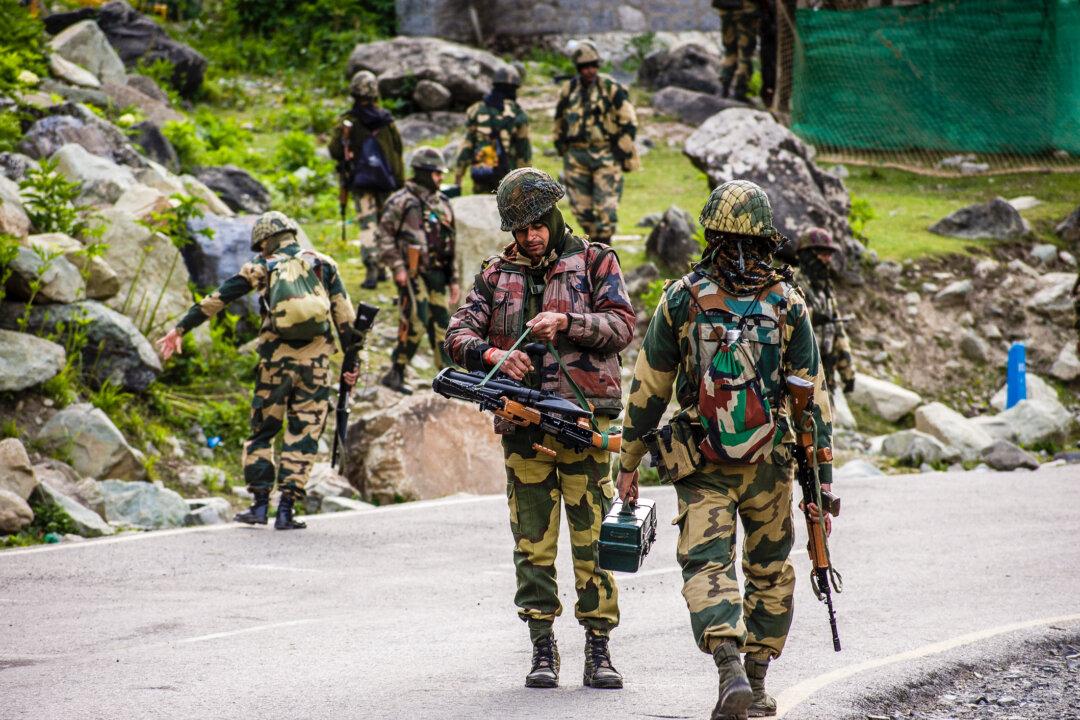NEW DELHI—India’s deployment of 10,000 soldiers on the border with China in the Himalayan states of Himachal Pradesh and Uttarakhand indicates that border relations between the two nuclear-armed giants are deteriorating and are unlikely to improve soon, strategic experts say.
“There’s absolutely no trust; the Indians cannot trust the Chinese,” Namrata Hasija, a research fellow with the New Delhi-based Centre for China Analysis and Strategy, told The Epoch Times.





